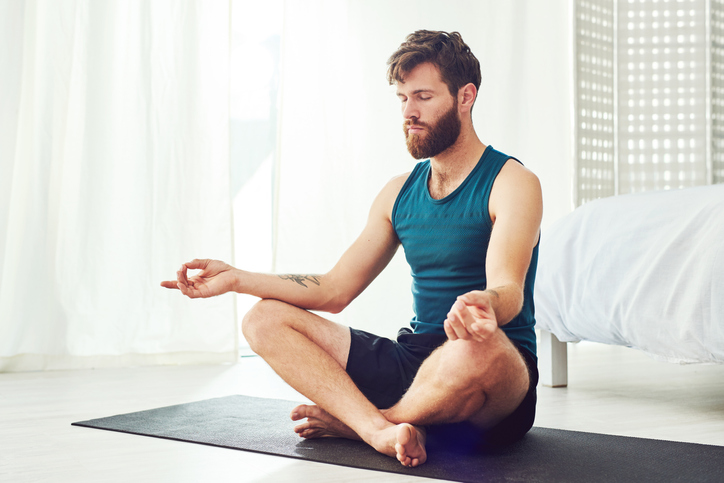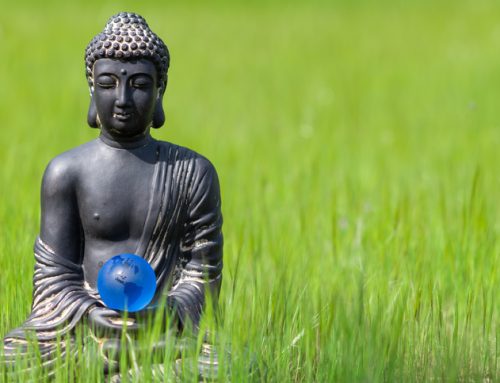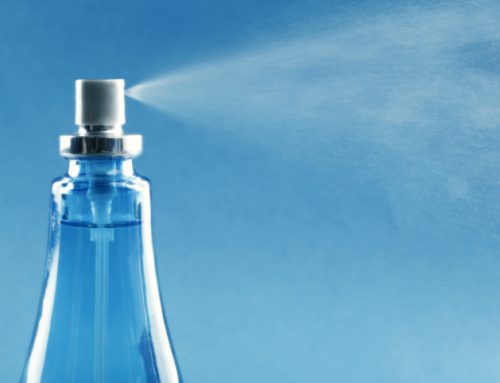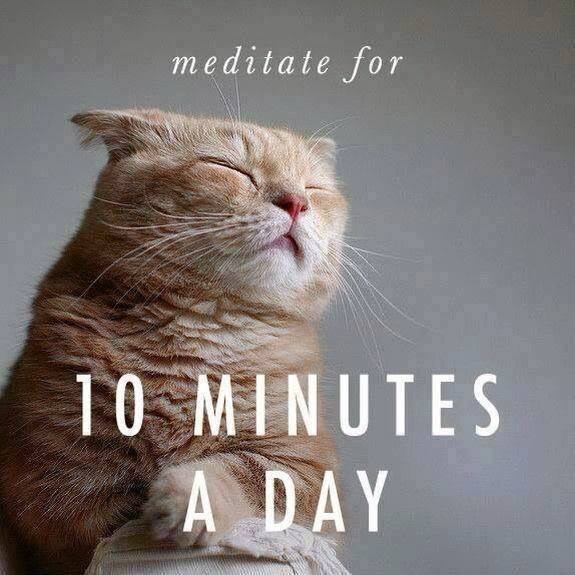We all have a big problem. We breathe improperly, and it’s driving us crazy.
But nobody ever taught us how to breathe so that we give our brains the right oxygen nourishment. Things as natural as breathing are not part of U.S. pubic school curriculum. Instead, we learn math, language and economics, but little about vital personal health.
About the Problem
Our primarily sedentary lives do not require much strenuous physical so we usually take short, shallow breaths that do not allow the diaphragm to expand and contract full. This causes cerebral oxygen deficit, otherwise known as hypoxia. The result is slow thinking, confusion and anxiety. Many Americans spend hours lost in anxious daydreams, as their brains try to function at a sub-optimal level.
The problem amplifies. People feeling stressed and depressed often escape into substance abuse. The National Institute on Mental Heath (NIMH) reports that one-fourth of women over age 20 take doctor-prescribed anti-depression or anti-anxiety drugs. One out of 12 men over age 35 do the same. One out of 10 Americans exhibits some substance abuse problem. Too much of any chemical leads to physiological dependence, decreased mental capacity and even more anxiety.
A Breathing Solution
A simple solution is the 2,500-year-old Buddhist breath technique called anapanasati. It brings mindfulness to the process of breathing and has been a traditional pathway to nirvana, an enlightened state of mind, for millennia.
You can practice anapanasati yourself by focusing on the cool temperature sensation of air at the nostrils as you inhale and the warmer temperature of the air as you exhale. Cool in, warm out, cool in, warm out, over and over again. You do not chant, use a mantra or sit in a particular yoga posture. You simply breathe cool air in and warm air out.
Anapanasati and has been the subject of intense clinical study since 2000. THE CLINICAL HANDBOOK ON MINDFULNESS (2000) edited by Fabrizio DiDonna provides a wealth of convincing facts about the practice. Just a few of the benefits include;
- Decreased blood pressure and heart rate
- Lowered levels of the stress hormone cortisol
- Lower perceived levels of anxiety, confusion, stress
- Lower perceived physical discomfort
- Increased oxygenation of the brain
- Increased levels of pleasure-producing dopamine
- Increased levels of mood-stabilizing serotonin
- Increased neuron density and activity in the brain’s prefrontal cortex
- Increased ability to focus and concentrate
 Try Anapanasati Yourself
Try Anapanasati Yourself
Sit comfortably and focus intently on the cool and warm sensations of breath at the nostrils. Enjoy the sensations. Your mind will naturally wander off into distracted thoughts, so every time you catch your attention getting hijacked by daydreams, remind yourself to return to the breath. Daydreaming is nothing more than a reminder to breathe!
Try practicing anapanasati for 10 minutes a day at home. When you get comfortable with it, extend your time to 30 minutes. You can even practice morning and evening. This way you start and conclude your day with a refreshed brain.
Bringing the Mind Home
Another benefit of anapanasati is how it trains your mind to accept and manage its own anxious, wandering nature. Instead of getting caught up in worry and stress, you learn to notice frantic thinking when it starts. You simply witness it without reacting and continually return to the breath. Non-reactivity creates a physiological feedback loop. Calm breath produces a calm mind. A calm mind creates a calm body. When the body is calm, you do not seek pleasure in the external relief of addictive behavior. When your mind and body are calm, you have a taste of nirvana.
So go ahead and give anapanasati a try. All you have to do is breathe. And what is there to lose? Nothing but your anxiety.








